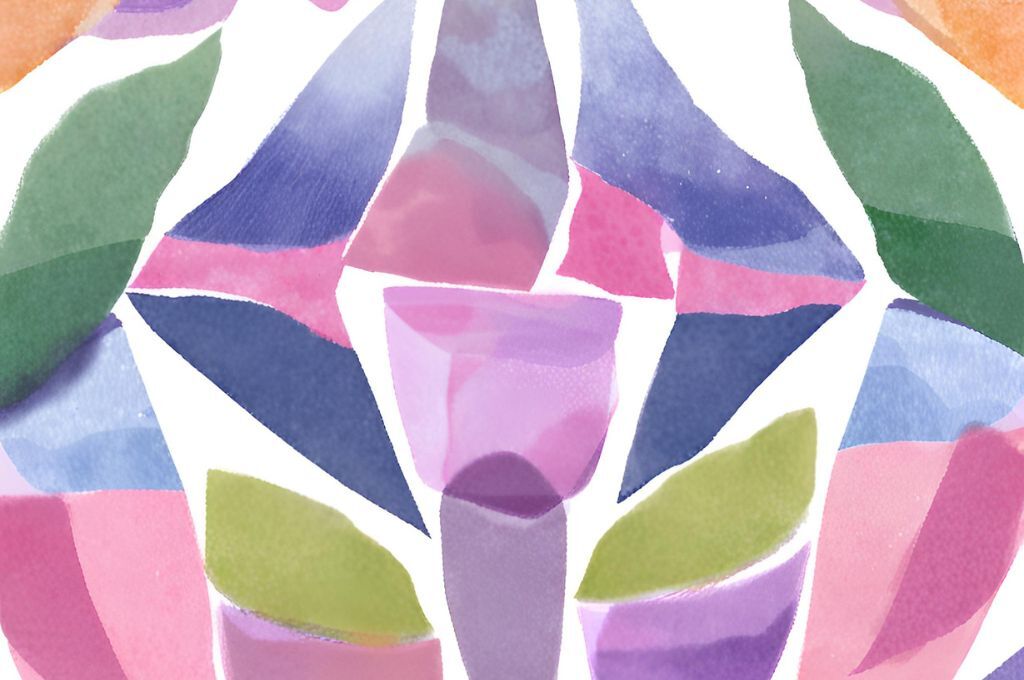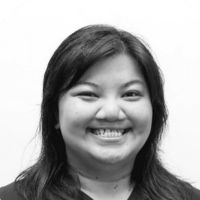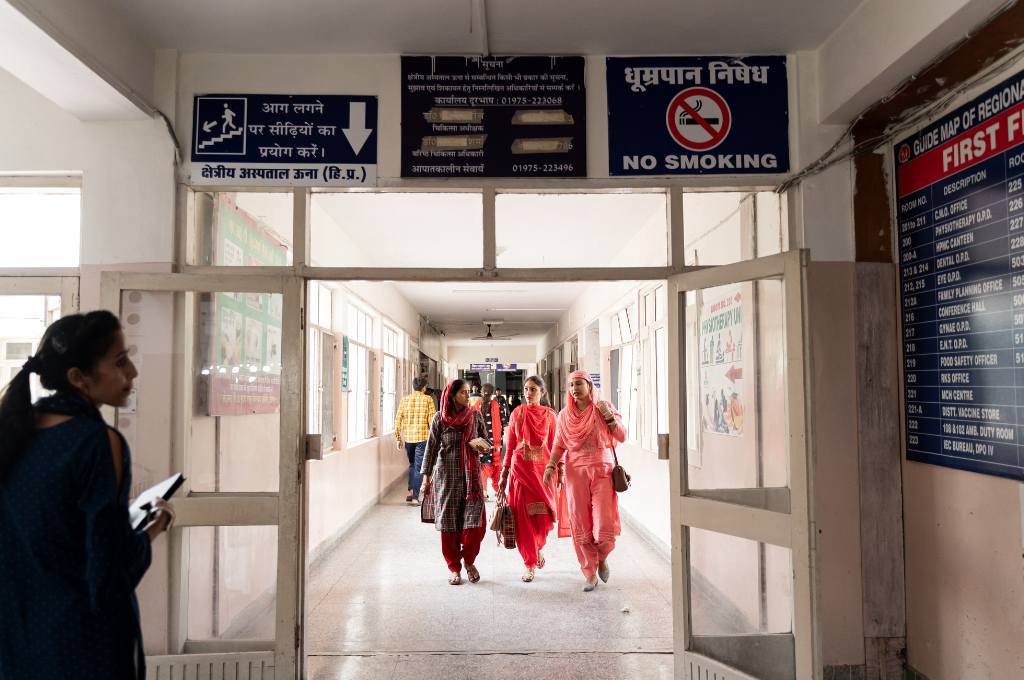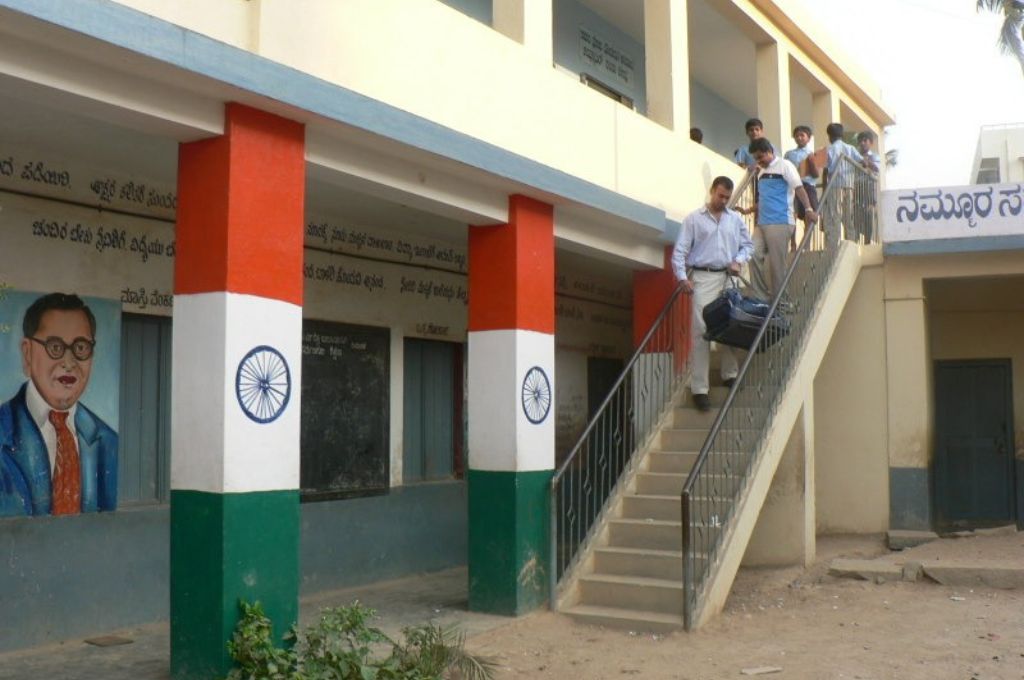With approximately six years left to achieve the sustainable development goals (SDGs), the world needs to act urgently. However, the current global impact ecosystem has some critical deficiencies. First, it displays a strong affinity for Global North-led learning models and frameworks. Second, the voices from the Global South in general, particularly of leaders who can bring in the most relevant lived experience—such as women, grassroots leaders, and persons with disabilities—are not sufficiently heard or represented in leadership narratives.
Much local knowledge and wisdom remains untapped and unheard. We continue to struggle with tailoring our approaches to specific contexts, despite knowing that the most pertinent solutions are found within communities. When we fail in our localisation efforts, we face inequitable and unsustainable development and growth.
In response to the need to transform the current learning dynamics within the impact space, we at AVPN began designing a Global Leadership Academy (GLA). The GLA seeks to experiment with new ways of learning centred around locally rooted narratives and methodologies, while ensuring the inclusion of the many voices that remain unheard. To this end, we conducted two pilots—in Istanbul, Turkey, and Lucknow, India—that brought together 40 impact leaders from the Global South.
What follows are the design principles that emerged, with ‘emerged’ being the keyword: We did not start with them in mind. They are highly specific to how we thought we could best realise the mission of GLA. We surely don’t want to imply that they should be taken as ‘universal truths’. We don’t have extensive data to validate them. So, take them as ‘a story’, and we hope you find some inspiration in them.
1. Love the problem
In the impact space, we don’t like the problems we face—they make our world a worse place to live. As a result, we don’t want to spend too much time in the company of those problems.
We prefer to spend our time in the company of solutions. Due to this, our mode of action is to move as quickly as we can away from the problem and into formulating, testing, and scaling solutions. But moving so quickly to solutions often results in the implementation of ones that only deal with the symptoms of problems. Subsequently, the solutions of today become the problems of tomorrow. Therefore, one of our first decisions was to spend more time in the company of the problems.
While South–South dynamics have been high on the agenda in the social impact space, we still default to adopting narratives, guidance, tools, and approaches from the Global North. We are less likely to heed knowledge and resources that have emerged from other parts of the world. Why does it seem so difficult to organise authentic South–South learning?
Why are we still struggling to bring under-represented voices into our conversations?
And why are we still struggling to bring under-represented voices into our conversations? It is not that those voices do not want to speak, so why do we continue to design knowledge-sharing platforms in a way that complicates it for vulnerable people to join or where they don’t feel comfortable sharing their perspectives in a way that fits their culture, heritage, or ways of communicating?
We decided not to enter a solution mode but to take our time to familiarise ourselves with these problems, and to understand them deeply. To really listen. To not want to change them immediately, but to accept them for what they are and appreciate them for what they had to tell us.
In a sense, we decided to love the problems. This allowed us to see that we needed to start with ourselves—with how we designed the GLA. We realised that there were quite a few (best) practices we needed to unlearn if we truly wanted to embrace South–South learning and bring unheard voices into the room: We had to explore new networks instead of falling back on the safety net of approaching known and trusted partners. We had to break free of our tendency to predefine outputs and outcomes, and instead create space for participants to decide what they wanted to learn. We had to have faith in the process and the wisdom of the group rather than attempt to meticulously prepare content and bring in experts. We had to seek inspiration from stories rather than be solely guided by data.
2. Embrace ‘not-knowing’ and nurture the solution
Often, problems are grounded in an experience or a reality. And for something that is deeply entrenched, there exists no easy and quick fix. You need to nurture a solution, which takes time and attention. This also calls for embracing ‘not-knowing’: accepting that you see the problem but may not know the solution yet.
We intended to fully embrace this approach—to be patient and open to what emerges. This involved refraining from drawing up a detailed plan and a concrete programme, and staying much longer in the not-knowing phase than we felt comfortable with. The approach also required us to resist our tendency to jump to conclusions and allow answers to emerge organically. As a result, we patiently and deliberately arrived at the point where we believed that “This is the right, most aligned choice to make”—on where to organise the pilots, how to select the participants, what the programme should offer, and more. And this process was difficult.
The difficulty stemmed from our need to act immediately. Moreover, we thought: What are all those tested processes and best practices for if we don’t use them to speed up change? It took some courage and discipline to embrace the mindset of not-knowing because there is a lot of pressure to come up with answers. And it is also frightening, as embracing not-knowing means that it is difficult to predict when you will know. But once we got accustomed to working this way, it was easy to understand how empowering not-knowing can be, and how much more creativity it allows.
Take, for instance, our selection process for impact leaders who would be invited to join our pilots. We realised that applying our traditional approach would bring in an exclusionary dynamic—we would say “no” more often than “yes” to people, and we would struggle to reach the overlooked viewpoints critical to our vision. So we knew what we did not want, but not what the alternative could be. We had to gather the discipline to not rush into a solution.
What emerged after a few weeks was that we needed to abandon any kind of formal application process. Instead, we would opt for a designed serendipity approach. A main characteristic of designed serendipity is that you become very sensitive to unexpected encounters and unusual references: the person who is standing next to you at the coffee machine at an impact investing conference, the Indian impact leader who in an unrelated conversation refers to a contact in Brazil, the friend who—out of the blue—connects you to a community leader in South Africa, and so on. We took plenty of time to experiment and adjust, and it became an essential element identifying the leaders we would work with.
Accepting ‘not-knowing’ and nurturing the solution was challenging, but since we were supported by our leadership—and this support is critical—we could hold on to it.

3. Be mindful of the one blue drop
The biggest threat to shaping GLA’s culture was not influenced by the big choices we made, but from dealing with the small things—the things you do not notice because you have already done them hundreds of times, and which are so small you think they will not make a difference.
But in a system, nothing is small. We call it ‘the one blue drop’—the drop that turns a glass with thousands of clear drops from ‘clear’ to ‘blue’. This blue drop can be a good thing (if you want the drops to be blue) or dangerous (if you want them to be clear). Being mindful of the blue drop inspires deliberate action, even when the small things are concerned.
How do you ensure that all stakeholders are (and feel) treated the same?
To understand where the blue drop may emerge, you must ask yourself fundamental questions, such as: How do you ensure that all stakeholders are (and feel) treated the same? How do you deal with your own objectives and interests in an open process? Did you sufficiently analyse how relevant (or not) specific best practices are for the programme you are designing now?
The main lesson is that everything can affect how people experience what you are offering—how quickly you answer an email with an operational question, how the meeting room is organised the first time people walk in, or the seconds of silence you allow to make sure that everyone can contribute to the conversation. This may all sound obvious, but the obvious is often forgotten the most easily. For every choice you make, it makes sense to reflect on how to ensure it aligns with your mission and values.
4. Strive for inclusivity
Unheard voices remain unheard because there are several barriers between them and the spaces where they need to be heard. This is not a new insight. We know the barriers, and we think we know what needs to be done to address them. So why do so many groups still remain unheard?
This is one of the questions that kept us awake. So many events strive for inclusivity but still find it impossible to break the silos. We wanted to do better. GLA would only make sense if it were an inclusive experience—with specific attention for people with disabilities in the room. We needed their perspective. And so, we designed with them in mind—offering appropriate logistical support, suitable accommodations and meeting spaces, arranging for translators, and so on.
We succeeded in some ways. There were lessons that we learned as we adapted our processes. And by bringing in people with disabilities, the whole group could access a richer portfolio of perspectives. For instance, they developed a sensitivity for the non-verbal dynamics that a deaf person brings and gained awareness of how to organise space such that it is inclusive of persons with physical disabilities. We can no longer imagine a workshop where those with disabilities won’t be present in the room.
And we failed in others. There are many voices we could not involve. Language barriers proved to be troublesome. We were not able to figure out how to bring people who speak 10 different languages together in an interactive workshop. And some logistical barriers caught us by surprise too, such as how complex visa applications for travel can be within the Global South.
What became clear to us is that any progress towards a more inclusive group is a valuable step forward.
In our attempt to design an experimental academy, we’ve also stumbled upon some design principles that we believe could benefit the sector. We have already mentioned that this was a difficult process. But applying these principles allowed us to test new approaches, which gave us access to refreshing and relevant insights.
A big question is “Where do we go from here?” Here too we embraced not-knowing as a starting point. Building on feedback from the participants on how (or not) GLA influenced their perspective and actions “back in real life”, and on several conversations with a diverse group of stakeholders, we have now identified concrete next steps, which we hope to write about soon.
—
Know more
- Learn more about the Johari Window, a tool for bolstering communication and mutual understanding among group members.
- Read this article on the GLA by one of its participants.
- Read this article on how leaders can help their communities grow and make a bigger impact.
Do more
- Reach out to [email protected] for further conversations on the initiative.








